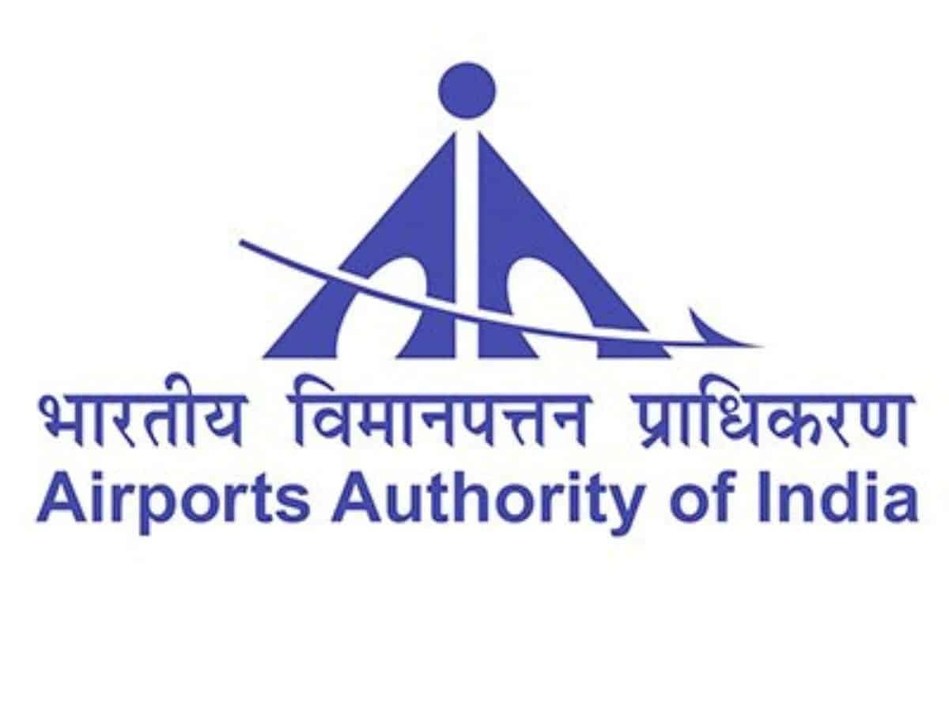NEW DELHI | 30th January 2021: Airports Authority of India (AAI) has announced today that Aireon’s space-based ADS-B air traffic surveillance system is successfully being utilized across Mumbai, Chennai and Kolkata’s oceanic airspaces, just 18 months after signing a contract to implement the service. As the third largest airspace in the world, AAI is making significant strides towards enhancing safety and efficiency across their ever-growing, highly trafficked area.

AAI’s deployment of space-based ADS-B now provides an additional layer of surveillance, backing up the existing ground-based network. With a vast airspace of over nine million square kilometers, multiple crossing airways and dense, continuously growing traffic, multi-layer surveillance covering the entirety of the airspace provides more efficient solutions, safer processes and greater visibility. Improved communications and data sharing between Asia, the Middle East and Europe is also a main objective aimed at reducing delays and improving the flying experience for all users.
“The collaboration and determination to complete implementation testing remotely by both the AAI and Aireon teams have set the region up for a successful 2021,” said Vineet Gulati, Board Member, Air Navigation Services, AAI. “Despite the challenges that came because of the ongoing global pandemic, AAI was able to continue testing to prepare our airspace to go live with Aireon’s safety-of-life service. When travel picks up again, AAI will be ready to support the rapid increase of aircraft in a cohesive and efficient manner.”
“It’s been a pleasure working alongside the AAI team. Their determination to prepare for future air travel and improve safety to match their robust traffic growth is the innovative thinking that is propelling the aviation industry forward,” said Don Thoma, Aireon CEO. “Deploying real-time air traffic surveillance is an initiative that has driven AAI to be a leader not only in the region, but throughout the world.”
Prior to the deployment of the Aireon system, aircraft were compelled to fly at uneconomical levels due to the high-traffic and many conflict points at crossing paths, burning extra fuel and resulting in extra expenses for airlines. Now, with more accurate position reporting available throughout the entire region, aircraft are more likely to get preferred flight levels and route changes, alleviating the prior issues.







